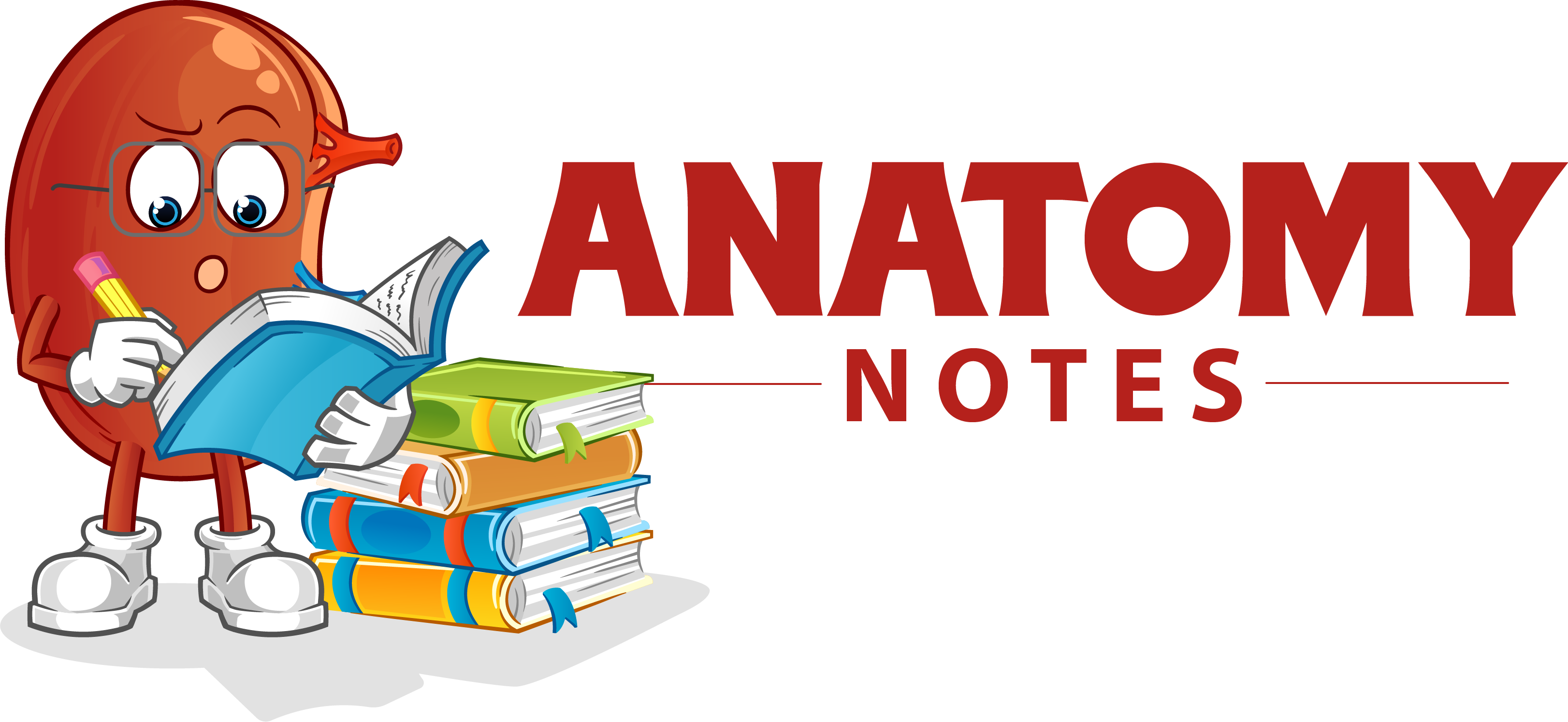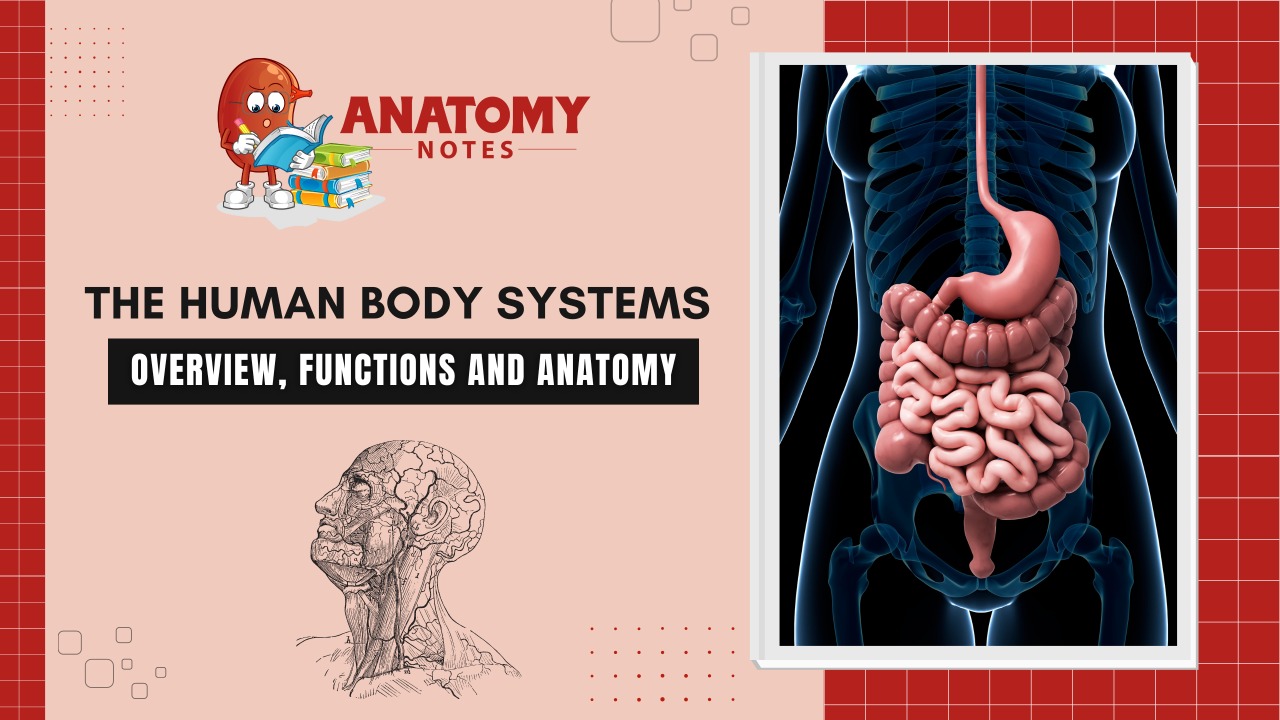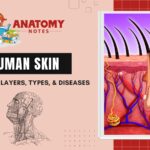The human body has a collective number of biological systems which carry out the specific functions that are necessary to everyday living of human body.
The group of organs and tissue form the body system that perform various functions of human body.
Some organs may serve more than one function of different systems and some serve only one body system.
There are various different functions which are necessary for an organism to be able to survive and reproduce.
Here we will focus on the systems of human body and the brief explanation will also discuss in this article :-
Functions of different body systems
- Oxygen for use in cellular , and excrete waste carbon dioxide.
- Must be able to ingest and process food to obtain sugars and other nutrients.
- The body must transport necessary substances, such as oxygen and nutrients, to all cells.
- Clear toxic waste products from the body.
- Respond to the environment.
- Protect the body’s organs from the environment.
- Must be able to fight infections.
- For a species to survive, its individuals must be able to reproduce.
Below, we’ll see how our organs and tissues work together as body systems to perform their functions :-
1.) Skeletal system
The skeletal system is the body system composed of bones and cartilage and performs the following critical functions for the human body:
- supports the body
- facilitates movement
- protects internal organs
- produces blood cells
- stores and releases minerals and fat
2.) Muscular system
- The muscular system is composed of different types of muscles which provide motor power for movers of body parts .
3.) Nervous system
- The nervous system is composed of brain ,spinal cord , nerves and nerve ending. It help in control and coordination of all body function.
- It allows us to sense stimuli such as light, sound, smell, and touch from our environment.
- It also allows rapid communication of stimuli within our body, such as sensations of pain, illness, and wellness.
4.) Respiratory system
- The respiratory system helps in gas exchange between cells and the environment. Includes trachea, nose ,bronchi, bronchioles, alveolar sacs , alveoli .
5.) Cardiovascular system
- The cardiovascular system consists of the heart, blood vessels, and blood.
- This system has three main functions: Transport of nutrients, oxygen, and hormones to cells throughout the body and removal of metabolic wastes (carbon dioxide, nitrogenous wastes).
6.) Lymphatic system
-
- The lymphatic systems the system of vessels, cells, and organs that carries excess fluids to the bloodstream and filters pathogens from the blood.
- It consist lymph vessels ,central lymphoid tissue ,peripheral lymphoid organs , lymphocytes.
- The main function of drainage of body fluid and protection.
7.) Digestive system
- The digestive system consist alimentary canal and it’s accessory organ i.e oral cavity, small intestine, large intestine, anus and other some organs are liver, pancreases, salivary glands, teeth and tongue.
- The function of the digestive system is to break down the foods you eat, release their nutrients, and absorb those nutrients into the body.
8.) Urinary system
- The urinary system consist kidneys , ureters , urinary bladder and urethra.
- The urinary system has roles of cleansing the blood and ridding the body of wastes probably come to mind.
- However, there are additional functions are regulation of pH, a function shared with the lungs and the buffers in the blood.
9.) Male Reproductive System
- The structures of the male reproductive system include the testes, the epididymitis, the penis, and the ducts and glands that produce and carry semen.
- Sperm exit the scrotum through the ductus deferens, which is bundled in the spermatic cord.
- The seminal vesicles and prostate gland add fluids to the sperm to create semen.
10.) Female reproductive system
- The female reproductive system consist Uterus, Ovaries, Vulva, Labia, Clitoris and the main function of female reproductive system is the formation of eggs and bearing foetus during development.
11.) Integumentary system
- The integumentary system refers to the skin and its accessory structures, and it is responsible for much more than simply lending to your outward appearance.
Frequently Asked Questions (FAQs)
What are the 12 systems of the human body?
- The 12 systems of the human body are:
- Integumentary System (skin, hair, nails)
- Skeletal System (bones, cartilage, ligaments)
- Muscular System (skeletal muscles)
- Nervous System (brain, spinal cord, nerves)
- Endocrine System (hormones, glands)
- Cardiovascular System (heart, blood vessels)
- Lymphatic System (lymph nodes, vessels)
- Respiratory System (lungs, airways)
- Digestive System (stomach, intestines, liver)
- Urinary System (kidneys, bladder)
- Reproductive System (male/female reproductive organs)
- Immune System (white blood cells, antibodies).
What are the 5 main organ systems?
The five main organ systems of the human body are:
Cardiovascular System: This system includes the heart and blood vessels and is responsible for circulating blood throughout the body.
Respiratory System: This system includes the lungs and airways and is responsible for the exchange of oxygen and carbon dioxide between the body and the environment.
Digestive System: This system includes the stomach, intestines, liver, and other organs, and is responsible for breaking down and absorbing nutrients from food.
Nervous System: This system includes the brain, spinal cord, and nerves, and is responsible for controlling and coordinating the body’s functions and responses to stimuli.
Endocrine System: This system includes glands such as the pituitary, thyroid, and adrenal glands, and is responsible for producing and regulating hormones that control various bodily functions.
What are the 3 most important body systems?
Cardiovascular System: The heart pumps blood throughout the body, delivering oxygen and nutrients to the cells and removing waste products. Without this system, organs and tissues would not receive the necessary resources to function, leading to organ failure and death.
Nervous System: The brain and nerves control and coordinate all bodily functions and responses to external stimuli. The nervous system is essential for movement, sensation, thought processes, and the regulation of other body systems.
Respiratory System: The lungs and airways provide the body with oxygen and remove carbon dioxide, allowing cells to produce energy. Without this system, the body would not be able to function due to lack of oxygen.
How many organ systems are in the body?
There are 11 organ systems in the body. They are:
- Integumentary System (skin, hair, nails)
- Skeletal System (bones, cartilage, ligaments)
- Muscular System (skeletal muscles)
- Nervous System (brain, spinal cord, nerves)
- Endocrine System (hormones, glands)
- Cardiovascular System (heart, blood vessels)
- Lymphatic System (lymph nodes, vessels)
- Respiratory System (lungs, airways)
- Digestive System (stomach, intestines, liver)
- Urinary System (kidneys, bladder)
- Reproductive System (male/female reproductive organs)
Is blood is an organ?
No, blood is not an organ. Blood is a fluid connective tissue that circulates throughout the body and is composed of red blood cells, white blood cells, platelets, and plasma. While blood does play a vital role in the body’s functions, it is not considered an organ. The circulatory system, which includes the heart, blood vessels, and blood, is considered an organ system.
Which organ works 24 hours?
The heart is an organ that works 24 hours a day, 7 days a week, without stopping. It is responsible for pumping blood throughout the body to supply oxygen and nutrients to the cells, and remove waste products. The heart beats about 100,000 times a day, and even while we sleep, it continues to pump blood to keep our organs and tissues functioning properly. Without the constant work of the heart, the body would not receive the necessary resources to function and survive.




